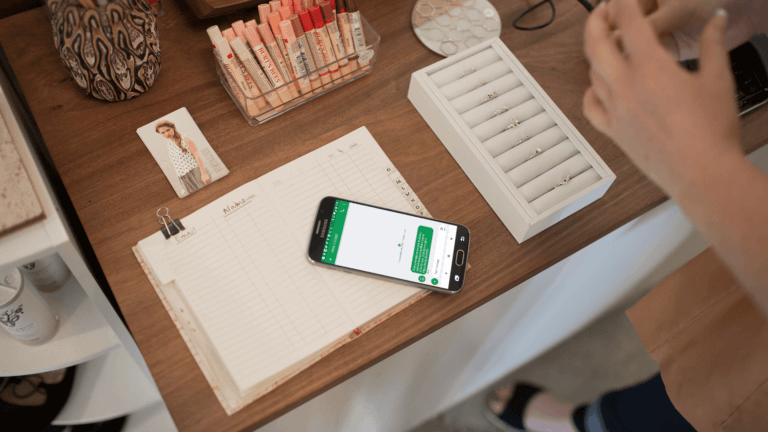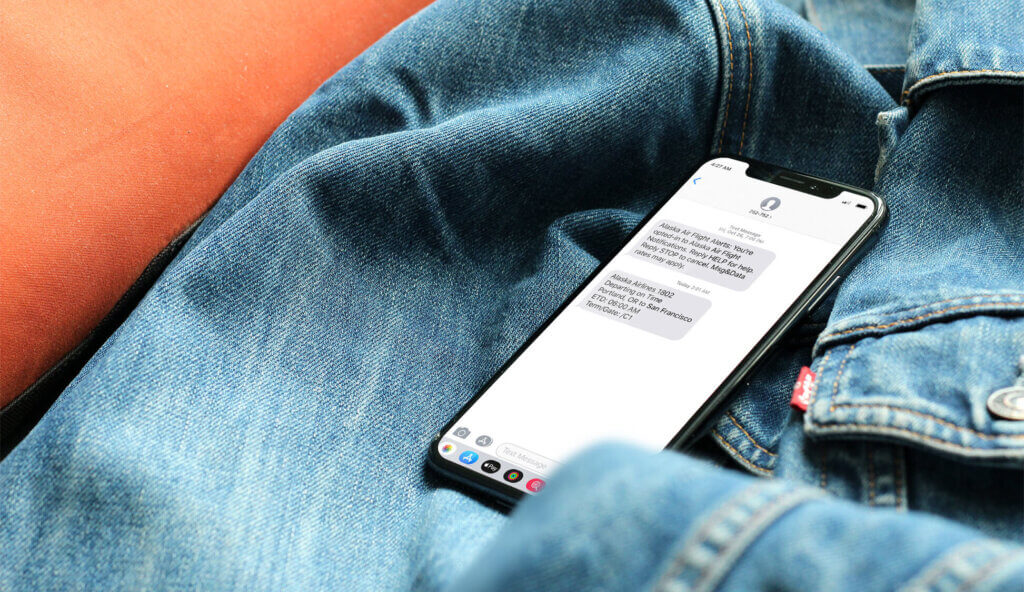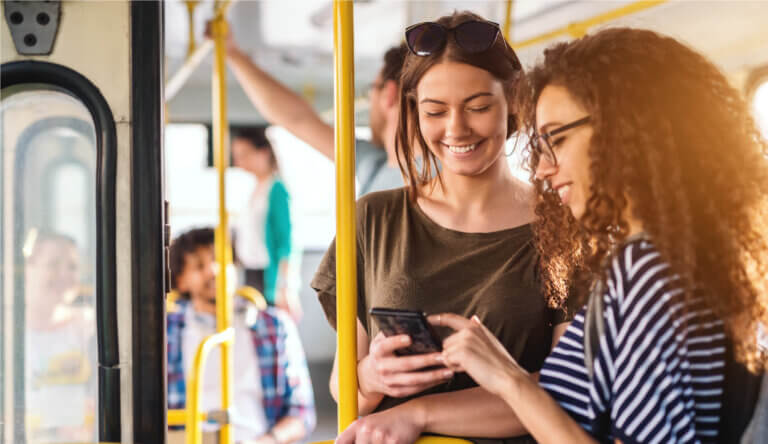
SMS: Top Ten FAQs (And Answers)

Share to my network
In this article
Categories
Book a meeting
Connect with our team of experts to discuss your conversion and loyalty goals, and how we can help you achieve them faster.
Get a demoSMS can be a tricky marketing channel to navigate, but the possible rewards make it a channel marketers just can’t afford to ignore. As one of the few mobile messaging channels that doesn’t require an app, SMS has the advantage of great reach opportunities. Not only that, SMS has open and read rates that are enticingly high.
With compliance and engagement measures on their minds, marketers have questions on how to get the most ROI from SMS. Here are some frequently asked questions (and answers!) on SMS to help make the most strategic decisions in utilizing this channel for your marketing stack.
1) What are average open and read rates for SMS?
SMS has incomparable open and read rates: A 98% open rate and a 90% read rate within the first three minutes. It is because of these numbers that make SMS a crucial marketing tool.
2) What is the difference between text messages and push notifications?
Push notifications are sent through an app to users who have your app, and have opted in to receive notifications. For SMS, an app is not needed. That also means that far more people can receive SMS notifications — not all smartphones can download specific apps, but the vast majority of smartphones can receive texts.
To learn more about SMS and how many people it is capable of reaching, check out our “Getting More ROI from SMS” Webinar Recap.
3) Do compliance requirements make SMS difficult to manage?
It is a highly regulated channel, but with the right partners and guardrails in place, brands can be very effective in using this channel within the regulatory requirements. It’s important to work with your internal legal and compliance teams to make sure your SMS opt-in process is compliant. We are more than happy to provide information to or talk with your legal and compliance teams about Airship’s SMS solution.
4) How long does it take to get up and running with SMS?
It varies. Generally, it takes three to four weeks to get set up with a long code, and it takes an average of about eight to twelve weeks to send out the first campaign.
5) What is the difference between a long code and a short code?
A long code is a standard phone number that is ten digits long. Although it is longer, there are benefits, such as a shorter time to market, that can make this code ideal for the right use cases.
Short codes are also phone numbers, but only five to six digits long. These are better suited for marketing messages and can also be customized, a vanity short code, for the brand.
6) Can I personalize SMS messages?
Absolutely, and marketers should customize text messages to better get their point across. With Airship, you can customize the audience, send time, and frequency as you would any other supported channel, using audience selectors. Create truly personalized campaigns by uploading audience lists and leveraging merge tags to pass along customer data into your message.
7) Should SMS be connected to other marketing channels?
Yes! Many marketers still treat SMS as an entirely separate channel. But to get the most out of it, SMS needs to be coordinated seamlessly with other engagement channels.
Airship’s Orchestration solutions can not only connect SMS to the other channels but also give marketers the option to set it as a Priority Channel (use SMS instead of other channels) or use it as a Fallback Channel. Coordinating SMS with email, push notifications, and mobile wallet passes can increase the reach and effectiveness of any campaign or promotion.
8) Are very many brands using SMS?
Given the effectiveness of this channel, it’s surprising that 61% of marketers haven’t tapped into SMS as a marketing channel — yet. But there are many influential brands who are successfully using SMS as part of their marketing strategy.
For example, Abercrombie is using SMS as part of their holiday campaigns to reach customers who don’t have their app. Express and Subway use SMS to increase in-store traffic by sharing coupons through text. These are just some of the ways brands are strategically using SMS.
9) What are the advantages of using SMS over Facebook Messenger or other message apps?
SMS allows marketers to use an “owned” direct channel to reach users, rather than relying on a third-party app. For each Like SMS, messaging through Facebook or WhatsApp comes with a cost, but it also means they own your relationship with the consumer.
10) What is the best way to use SMS?
There are many ways to use SMS to fill some crucial needs in a marketing stack — particularly if you don’t have an app, or if your app isn’t working as well as you wish it were as a direct messaging channel. It’s also a great channel for immediacy (to deliver important, time-sensitive notification), to increase reach (especially for those app-less consumers), and to foster loyalty (texts can make the relationship between brands and consumers personal). Airship’s SMS strategists can help your band find the best way to get the most ROI from SMS.
To learn more about SMS, watch our “Getting More ROI from SMS” webinar or read the highlights in the recap blog post.
Have more questions? Are you ready to boost your marketing stack with SMS? Our SMS experts can help you create a strategy that maximizes your audience potential and engagement. Connect with us today and let’s talk!


